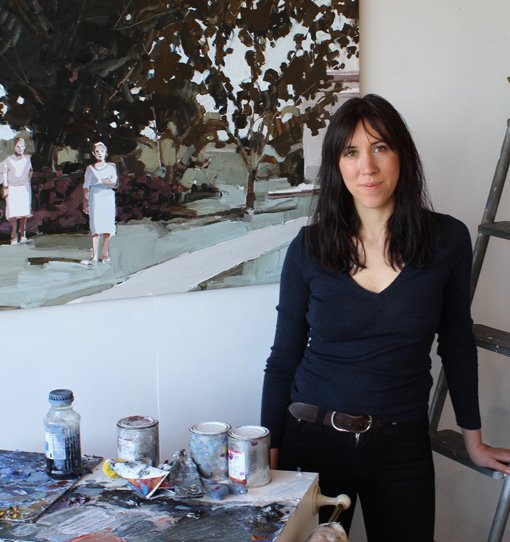Many people associate artists with a cerebral approach to life because of the discursive nature of their social interactions. Art, however, demands a great physical commitment as well, as those little grey cells. The passion involved in making art is, often, transmitted via the physicality of the artist. Whether painter, sculptor or something else, the artist works with his human tools first and foremost. The physical challenges of a life in art can, often, render the body of the artist to a state of injury and temporary disability. In fact, stick at it long enough and that disability can become permanent.
Accidents & Strains Do Happen
The limping artist accompanied by a walking stick is not an uncommon feature at many exhibitions and gallery shows. Sometimes an artist has given, his or her, all in a bid to deliver the necessary body of work on time to the art gallery. Accidents and strains do happen in these circumstances. Giving birth to great art is, oftentimes, at the cost of the artists wellbeing. There are no guarantees of safety and security when you walk the path of the artist in this life. The physical challenges of a life in art are many and varied.
Healers Treating Artists
You will often see strong relationships forged between artists and healers on the basis of the artist’s need for regular rehabilitation. A life lived outside the parameters of the mundane and ordinary will stray beyond the comfort zone. A good healer is paramount to the long-term cause of the artist on, his or her, journey. Click here for more insight into a quality Sydney osteopath. The physical challenges of a life in art call upon the skills of healthcare professionals such as these. Healers treating artists and, then, becoming patrons of the arts are no rare things in our world.
Repetitive Strain Injuries Are Common
Repetitive strain injuries are common enough in the art world. Hand and wrist injuries need to be regularly treated and managed over the course of an artist’s career. Bringing representations to life on canvas and board requires diligence, dedication, and pushing through the pain barrier at times. Not much great art comes easily. You can think of Michelangelo in the Sistine Chapel, cramped in uncomfortable positions for months and years. Artists must be aware of their bodies and what to do to reduce the risk of injury.






